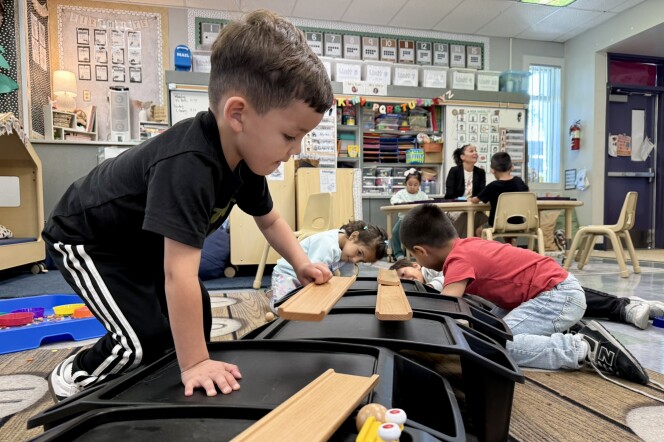With our free press under threat and federal funding for public media gone, your support matters more than ever. Help keep the LAist newsroom strong, become a monthly member or increase your support today.
This is an archival story that predates current editorial management.
This archival content was written, edited, and published prior to LAist's acquisition by its current owner, Southern California Public Radio ("SCPR"). Content, such as language choice and subject matter, in archival articles therefore may not align with SCPR's current editorial standards. To learn more about those standards and why we make this distinction, please click here.
Officials Considering Doubling Number of Red Light Cameras

The city could soon be bringing in more much-needed revenue if they follow through on discussions to expand the current red light camera program, according to the LA Times. Over the next few months LA's motorists could see cameras added to "blocks of eight intersections at a time and eventually doubling the overall reach of the program to 64 intersections."
The city's return on investment in the program and its technology is high: "Beyond payments of about $2 million to the city's camera vendor and $1.2 million for Police Department costs, the city's 32 camera-equipped intersections generated $6.4 million in net revenue in 2009."
The program, which is endorsed state-wide by Gov. Schwarzenegger, who hopes the ticket revenue will help fill a gap in the state budget, has its detractors, chiefly those who are concerned with safety. Not surprisingly, supporters of the program disagree: "LAPD officials and some experts say photo enforcement reduces potentially serious red-light-running accidents, changes driver behavior for the better and frees up patrol officers for other tasks."







